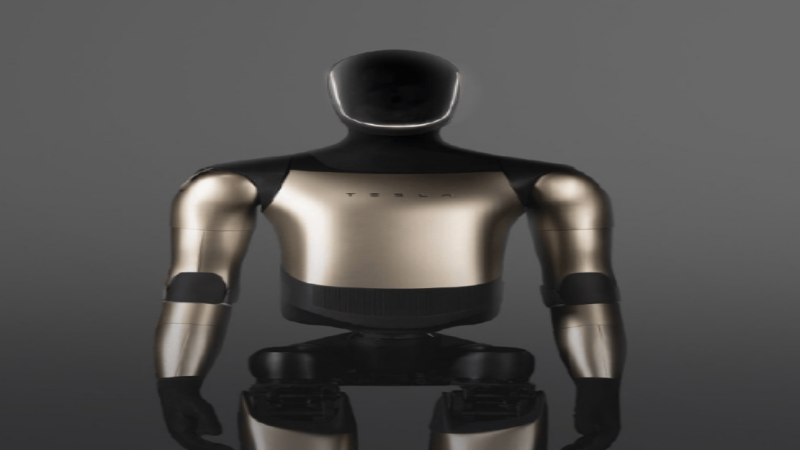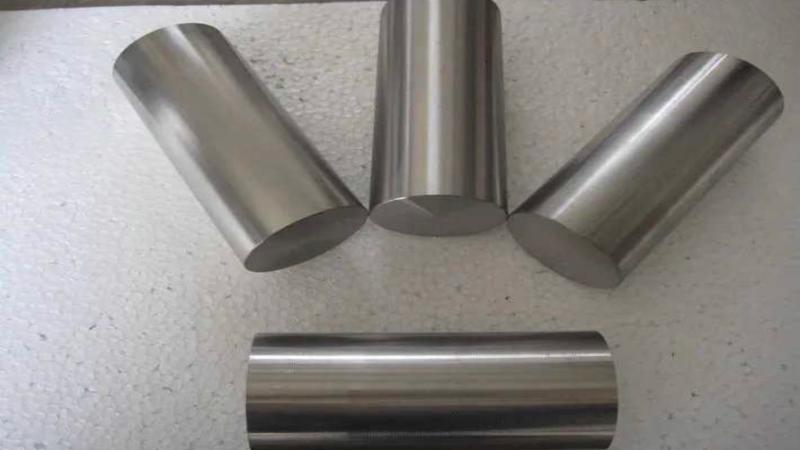
As the global humanoid robot industry enters a new phase of large-scale mass production, the industrial application level of titanium alloy materials has become an important indicator to measure technological competitiveness. Latest data shows that domestic orders for titanium alloys used in robots surged by 217% year-on-year in the first quarter of 2025, with monthly production capacity exceeding 80 tons, a threefold increase compared to the same period in 2023. This growth trend marks that titanium, once known as the "space metal" mainly applied in the aerospace field, is opening up a new application battlefield in the humanoid robot sector.

Titanium alloys are favored by the humanoid robot industry due to their outstanding material properties. With a density only 60% that of steel, coupled with excellent corrosion resistance and biocompatibility, this material perfectly meets the requirements of robots for lightweight design and durability. In terms of specific applications, next-generation humanoid robots represented by Tesla Optimus Gen3 have adopted Ti-6Al-4V alloy gear sets in their hip and knee joints. Combined with 3D printing hollow structure technology, they have successfully reduced the weight of a single joint component by 40% while increasing the fatigue life to three times that of traditional stainless steel.
Market research institutions predict that the global market size of titanium alloys for humanoid robots will grow rapidly from 1.28 billion yuan in 2024 to 18.7 billion yuan in 2030, with a compound annual growth rate (CAGR) maintaining a high level of 49.3% during the period. The main driver of this growth comes from the significant increase in titanium alloy usage per unit. Taking Tesla Optimus as an example, its titanium alloy usage has increased sharply from 1.2kg in Gen2 to 4.5kg in Gen3, and its proportion in the total material cost of the whole machine has also risen from 7% to 19%.

Technological innovation has opened up broader space for the application of titanium alloys. Toray Industries of Japan has developed a titanium-aluminum laminated material that is 20% lighter than traditional titanium alloys, and patents are currently being applied for in multiple countries. Meanwhile, QuesTek Innovations of the United States has developed vanadium-free titanium alloys through machine learning technology, reducing biotoxicity risks by 90% while maintaining material strength. This breakthrough has created possibilities for the application of titanium alloys in a wider range of fields.

With the continuous advancement of manufacturing processes and the gradual reduction of costs, the prospect of large-scale application of titanium alloys in the humanoid robot field has become increasingly clear. This trend will not only promote the development of the robot industry towards a more lightweight and high-performance direction but also exert a profound impact on the pattern of the entire robot industry chain.
Processing silicon wafers of surface steel sheets
2022-11-02Laser cutting technology on the iron core of new energy motor
2023-09-15Regarding the motor, I have a few more points to add
2023-02-13Advantages of stainless steel water pipes
2021-07-19Detection and Control Technology of Partial Discharge in Transformer Cores
2024-12-02Modern Die Technology of Motor Stator and Rotor Iron Core
2023-03-15






